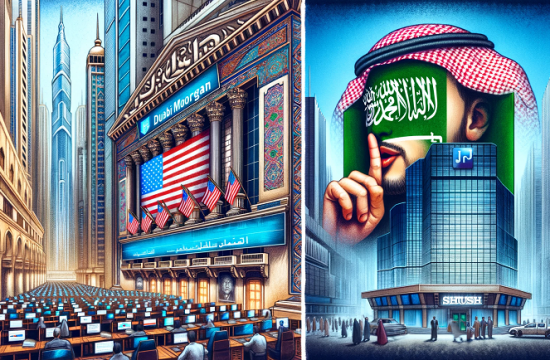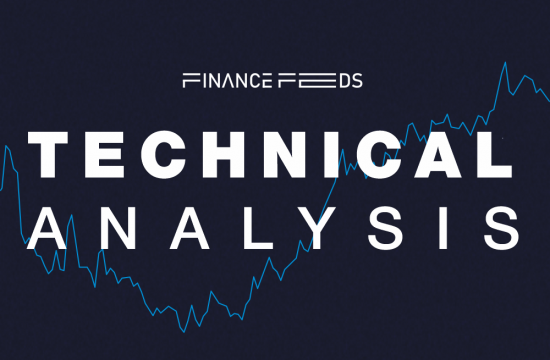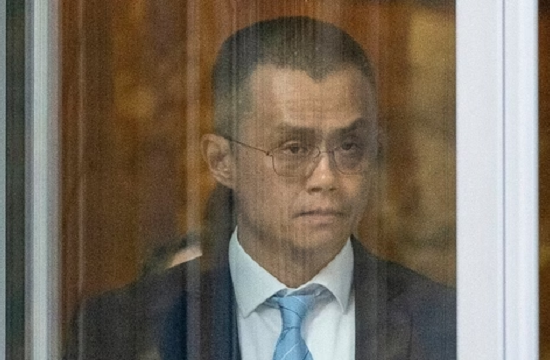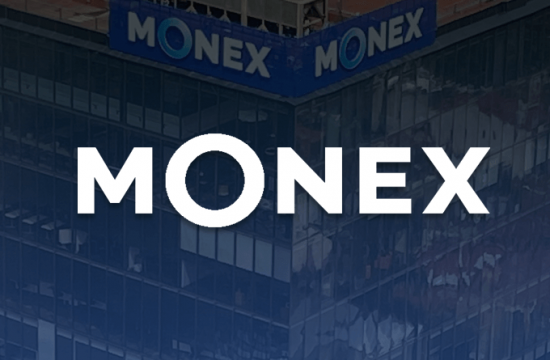Popular mobile payments service Cash App has added a layer-2 payment protocol Lightning Network to help users transact with bitcoin, nearly three years after it initially announced it will do so.

The feature was rolled out secretly earlier this year to a handful of users. At the time, the company founded and run by the former co-founder and CEO of Twitter, Jack Dorsey, has not issued any official notice, but some Cash App users reported that the Lightning functionality is already available on the platform. They shared screenshots on Twitter that they were able to use the feature transfer or withdraw Bitcoin in a matter of seconds with much lower fees.
With the official launch to the broader user base, Cash App customers can send or receive payment of up to $999 in Bitcoin every seven days using the Lightning Network.
“To receive Bitcoin with the Lightning Network, the sender doesn’t need a Cash App account to pay your request, but they will need a Bitcoin wallet with Lightning-enabled. This feature is not available to customers in New York,” Cash App noted.
San Francisco-based Block (formerly Square) jumped on the cryptocurrency bandwagon back in 2019 when it rolled out Bitcoin trading to its Cash App customers. Furthermore, it holds a so-called BitLicense by the New York State Department of Financial Services (NYDFS), and now legally operates as a money transmitter and digital currency exchange. Block also owns TBD54566975, a blockchain aggregator for decentralized crypto exchanges.
That angle closely mimics Jack Dorsey’s vision as one of bitcoin’s foremost proponents who has repeatedly shared his enthusiasm for digital currencies, saying it provides an “opportunity to get more people access to the financial system.” He went further than most by calling bitcoin “a transformational technology” and it will be the world’s single currency in 10 years.
Building on Bitcoin’s blockchain technology, the Lightning Network will help Cash App scale to process millions of transactions per second, a leap forward enabling trades to be completed at a lower cost and with greater speed.
The Lightning Network was first proposed by Thaddeus Dryja and Joseph Poon to create a layer on top of the original blockchain, in order to increase transaction speed while significantly reducing costs.
In its early days, Lightning developers intentionally added the limitations to protect users from pouring too much money into the nascent network. But the upgraded integration now allows for larger transactions and higher volumes, which helps decrease fees that build up with having to open many small channels.












